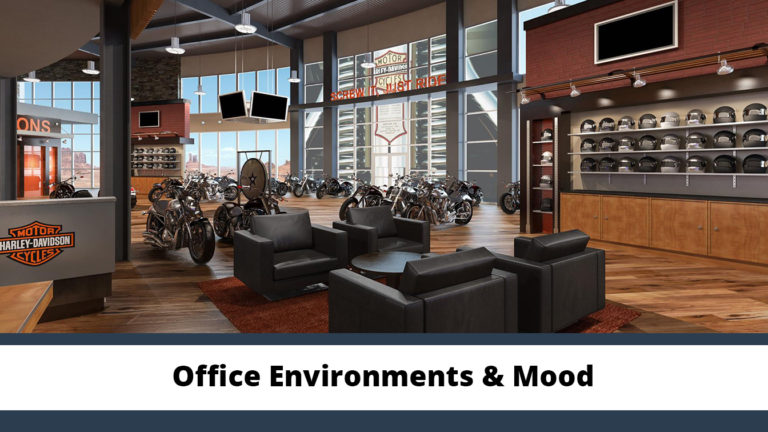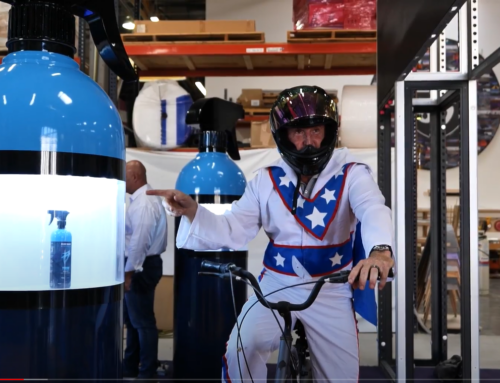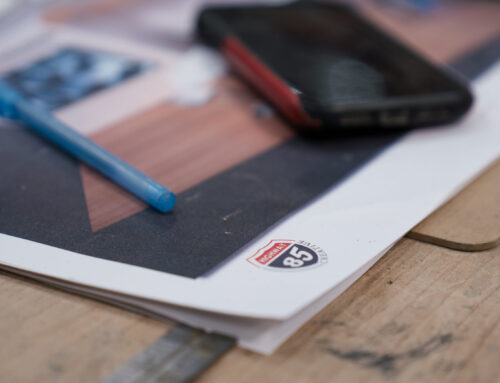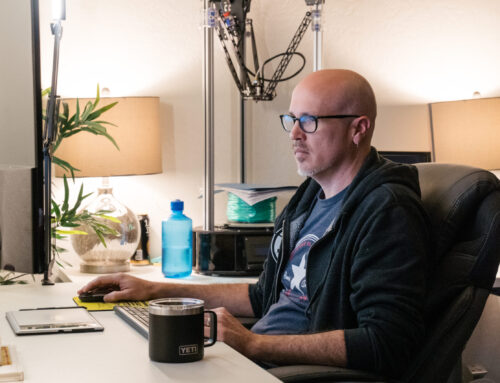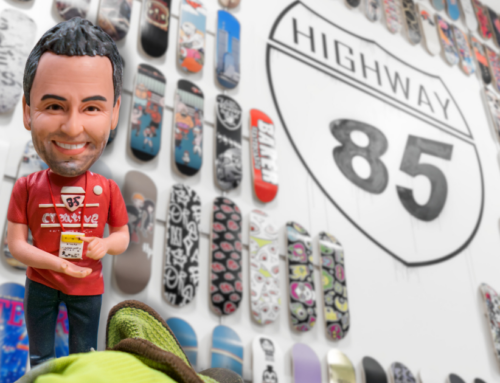It’s not that people don’t want to work. It’s that they want to like where they work. Tossing in a few ping-pong tables or a gourmet coffee bar just doesn’t cut it anymore.
Office interior design has great bearing on employee morale, energy, engagement, stamina, physical health, day-to-day mood and overall happiness. An attractive workplace has become just as important as an attractive paycheck.
Do employees want flowing open spaces, or do they want privacy? Do they want a bustling atmosphere that sparks creativity or a calm one that reduces distractions? Do they want to be exhilarated, amused or soothed by their environment?
As it turns out, they want it all.
The most successful new office interiors are designed with employees’ happiness in mind. Productivity is a natural by-product. The best work environments are balanced and flexible to accommodate a variety of tasks and a myriad of personality types. Space is versatile rather than one-size-fits-all.
Yes, well-designed offices look cool, but they also make good business sense. A work environment that is both functional and aesthetically pleasing makes employees feel valued by the boss. When they feel valued by the boss, they tend to do a better job. When they do a better job, they’re in a better mood. When they’re in a good mood, absenteeism drops. Productivity improves. Retention increases.
First-rate designers are committed to keeping the workforce in a good mood.
Designing Legibly
Employees cite autonomy as one of their highest priorities when looking for a job. They don’t mind having bosses or collaborating with others, but they mind hovering bosses and coworkers who never seem to go away. Any company that claims to embrace autonomy should have an office layout that supports it.
It’s not enough to knock down interior walls so that workers know they’re not chained to their desks. Sure, they like being trusted to roam freely about, but they don’t like not knowing where they’re supposed to go or what they’re supposed to do when they get there.
The solution is legible space. It’s easily read and understood.
Employees intuitively know how and when specific areas are to be used. They can see others who have been assigned offices in their vicinity. They deduce that they’ll be working closely with those people, so obviously, the lounge at the center of it all is meant for brainstorming sessions. That row of solitary armchairs separated by tall greenery, on the other hand, suggests a quiet place for decompressing or working on one’s own for a while.
The workers are autonomous, mind you, so no one had to explain the space to them. They figured it out for themselves. That makes them happy.
Lines separating departments are blurrier than in the past. Engineers may not want to be distracted all day by those crazies in creative design, but some overlap creates a sense of community and results in surprising collaborations.
OVH Technologies Inc. in Quebec City is a good example of legible space. A long cedar boardwalk with bar-top workstations can be used by individuals or as a central meeting place for teams. The boardwalk is surrounded by glassed-in private offices; everyone can plainly see when someone is meeting with a client or is on the phone with, from the looks of it, their child’s school principal. Do not disturb.
The Airbnb office in Dublin, formerly an abandoned warehouse, has 29 distinct space configurations built around a wide, sweeping staircase. You don’t necessarily require an errand on another floor to use the staircase. Comfortable floor pillows facilitate impromptu meetings on the stairs.
Employees understand the space at both OVH and Airbnb, and by all accounts, they love going to work.
Appealing to the Senses
Walking into the office shouldn’t feel like a sensual onslaught, but it should prompt people to make a subconscious note of every pleasing thing that strikes them. Designers create a treat for the senses with attention to color, texture, sounds, light, fragrance and even taste.
The more versatile a color palette, the better. Some colors encourage teamwork while others improve focus or induce calm. Textures, like wood and natural stone, should complement one another. Low-level ambient noise enhances creativity, and noise can be controlled with strategically placed rugs, panels, and ceiling tiles.
As for fragrance, the Google office in Tel Aviv boasts a grove of orange trees. Not only is it aromatic, but exposure to nature boosts energy levels.
Every office should have relaxing areas with plenty of refrigeration and pantry space. Ideally, the boss foots the bill for brain-boosting snacks.
Natural light is perhaps the greatest gift a company can give its employees. Studies show that it improves concentration, provides health benefits and aids sleep.
Artificial light should be minimal, task-oriented and gentle. Everyone agrees that buzzing fluorescent lights are depressing. Use skylights, windows, and atriums to optimally channel sunlight.
Squabbles over thermostats may be the leading cause of workplace violence. You can’t please everyone, shoot for a happy medium of 72 degrees.
Making It Personal
The happiest employees make their workspaces their own. They like customizable technology, equipment, and furniture. If you really want to see them smile, provide plenty of storage space for personal items.
At the international office of Skullcandy in Zurich, desks fit together like puzzle pieces for individual work or group projects. Employees are nuts about rearranging the furniture at their whim.
Reinforcing Company Values & Culture
Workers want to take pride and ownership in their jobs. They want to align with the values and missions of the companies they work for. Interior design should both help them self-identify and give them a sense of community.
Ancestry.com LLC in Lehi, Utah, has done a good job with this. In a lounge area with soaring windows, hanging lanterns suggest DNA strands. Various colors and textile patterns throughout the office celebrate a kaleidoscope of cultures. Ancestry honors longtime employees by hanging their portraits, paired with those of an ancestor, along with a central gallery.
You can’t please everyone individually, but you can craft an overall pleasing environment where everyone finds a place to thrive. Just let the space and mood designers at Highway 85 Creative know if you’d like to discuss an office mood upgrade.
